Durable, Energy-Efficient Exterior Doors: Customized, Low-Maintenance Solutions with Professional Installation
Homeowners seek low-maintenance yet durable exterior doors for one-time investment in front door ins…….
Introduction
Exterior doors are not merely a point of entry or exit; they are a critical component of building design, security, energy efficiency, and the overall aesthetic appeal of a home or structure. This comprehensive article will delve into the intricacies of exterior door installation, exploring its significance, the global impact, economic considerations, technological advancements, policy and regulations, challenges and criticisms, and future prospects. Readers will gain a thorough understanding of what goes into installing an exterior door, from the initial design to the final touches that ensure functionality, safety, and style.
Understanding Exterior Door Installation
Exterior door installation involves the process of fitting a door that provides access to and from a building and protects against the elements. It encompasses various steps, including selecting the right door type (wood, metal, fiberglass), choosing appropriate materials, ensuring proper fit and alignment, and securing the door for optimal performance. The installation process also includes adding weather stripping, installing hardware (handles, locks, hinges), and applying finishes to enhance both durability and appearance.
Historically, exterior doors have evolved from simple wooden constructions to sophisticated, technologically advanced systems that offer superior security and energy efficiency. Their design has been influenced by cultural, environmental, and economic factors, reflecting the diverse needs of societies around the world.
Global Impact and Trends
The installation of exterior doors has a significant global impact, influencing construction practices, building codes, and even international relations. In regions with extreme climates, such as the deserts or polar areas, exterior door technology is tailored to maintain indoor comfort levels while minimizing energy consumption. In urban centers, the design of exterior doors often reflects the need for enhanced security due to higher crime rates.
Global trends in exterior door installation include a shift towards sustainable materials and “green” manufacturing processes, as well as smart home integration, allowing homeowners to monitor and control their doors remotely. The influence of these trends varies by region, with some areas adopting new technologies faster than others due to differences in infrastructure, economic status, and cultural preferences.
Economic Considerations
The exterior door installation industry is a significant contributor to the economy, encompassing raw material suppliers, manufacturers, distributors, installers, and service providers. Market dynamics are influenced by factors such as housing starts, renovation trends, and consumer spending patterns. Investment in high-quality exterior doors can offer a return through increased property values and lower energy costs.
Exterior door installation plays a role in economic systems by providing employment opportunities and fostering innovation and competition among manufacturers. It is also subject to economic fluctuations; during economic downturns, the construction and renovation sectors typically experience a decrease in demand, affecting the industry’s performance.
Technological Advancements
Technological advancements have revolutionized exterior door installation, with innovations ranging from enhanced materials that are both durable and eco-friendly to smart lock systems that offer keyless entry and can be integrated with home security systems. Energy-efficient glazing and improved insulation materials have also made doors more thermally efficient, reducing the carbon footprint of buildings.
The future holds promise for even greater advancements, such as self-repairing materials, biometric locks, and doors that generate electricity from solar power. These developments aim to make exterior doors more secure, sustainable, and integrated into the smart home ecosystem.
Policy and Regulation
Policies and regulations governing exterior door installation are critical for ensuring safety, energy efficiency, and accessibility. Building codes stipulate minimum standards for materials, energy performance, and security features. International standards, such as those from the International Door Association (IDA) and the American National Standards Institute (ANSI), provide a framework for manufacturers and installers to follow.
Regulatory changes can have a profound impact on the industry, as seen with the implementation of stricter energy efficiency regulations leading to the widespread adoption of more sustainable door options. Compliance with these policies is not only mandatory but also drives innovation and consumer confidence in the market.
Challenges and Criticisms
The exterior door installation industry faces several challenges, including adapting to changing building codes, integrating new technologies without compromising security, and ensuring sustainable practices amidst a growing global population. Critics often point out issues such as the environmental impact of door production and disposal, the need for greater accessibility in public buildings, and the potential for technological advancements to create new vulnerabilities in home security.
To overcome these challenges, stakeholders must collaborate across sectors, invest in research and development, and advocate for policies that promote sustainability and accessibility while maintaining high standards of security.
Case Studies
Several case studies illustrate the successful application of exterior door installation across different contexts:
These case studies provide valuable insights into best practices and innovative solutions in exterior door installation.
Future Prospects
The future of exterior door installation is poised for continued innovation, with a focus on sustainability, security, and integration with smart home technology. As consumer preferences evolve, the industry will likely see a demand for personalized, high-performance doors that cater to individual lifestyles and environmental considerations.
Advancements in materials science and manufacturing processes promise even more durable, energy-efficient, and aesthetically pleasing options. The ongoing dialogue between regulators, manufacturers, installers, and consumers will shape the future of exterior door installation and its role in the broader context of sustainable building practices and smart home technology.
Conclusion
Exterior door installation is a complex process with significant economic, environmental, and social implications. It represents a critical intersection between tradition and innovation, where safety, efficiency, and aesthetics converge. As the industry continues to evolve, it will undoubtedly influence how buildings are designed, constructed, and maintained worldwide. With a focus on sustainability, security, and smart technology integration, the future of exterior door installation holds great promise for both homes and businesses alike.
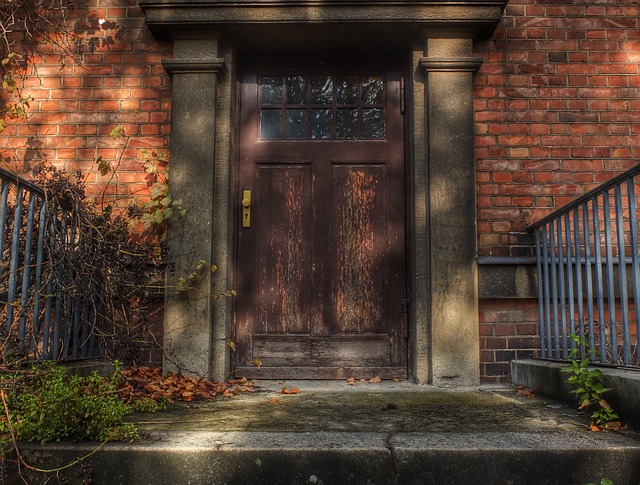
Homeowners seek low-maintenance yet durable exterior doors for one-time investment in front door ins…….
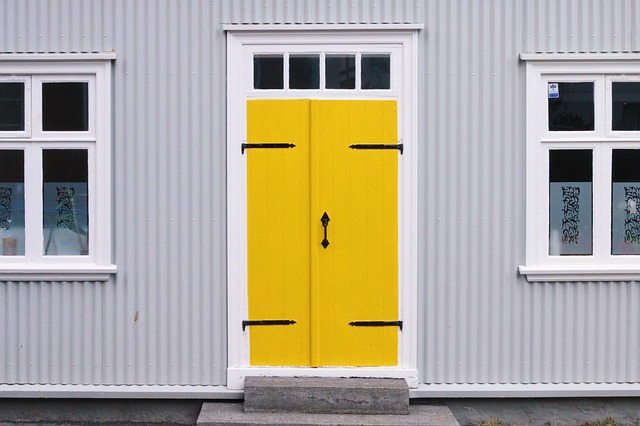
Professional exterior door installation is key for precise fitting, enhanced security, and long-last…….
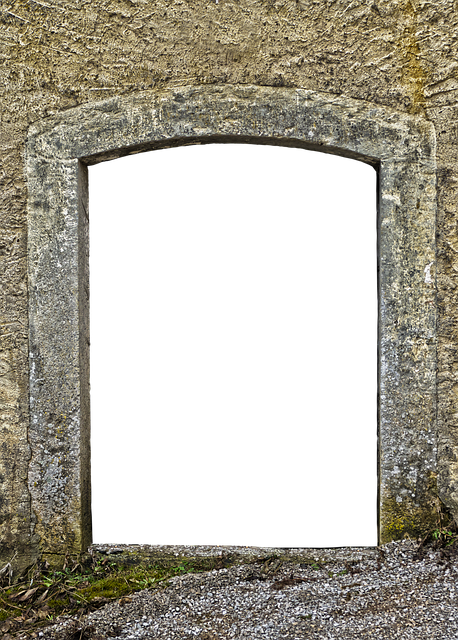
French doors with glass inserts have become popular for their stylish and functional entryways, comb…….
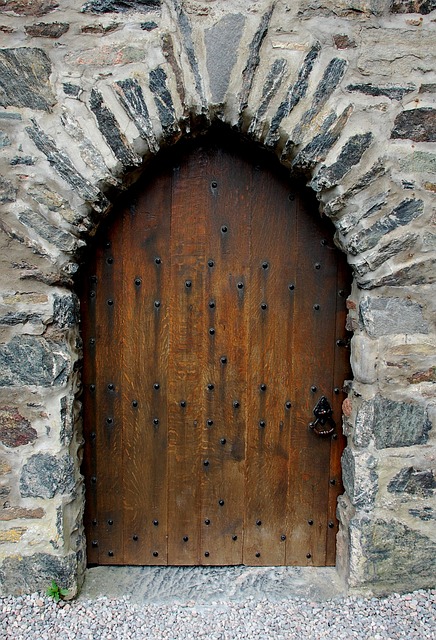
Homeowners prioritize home security and energy efficiency by turning to professional exterior door s…….
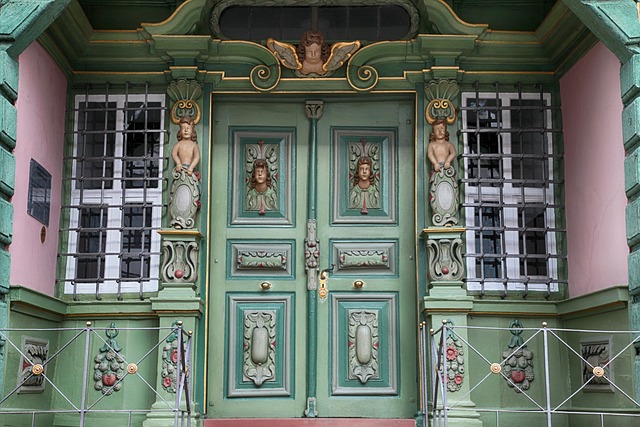
Custom decorative glass panels and sidelights for exterior door installations (including front door…….

Upgrading your home with professional exterior door services is a smart move for energy efficiency a…….